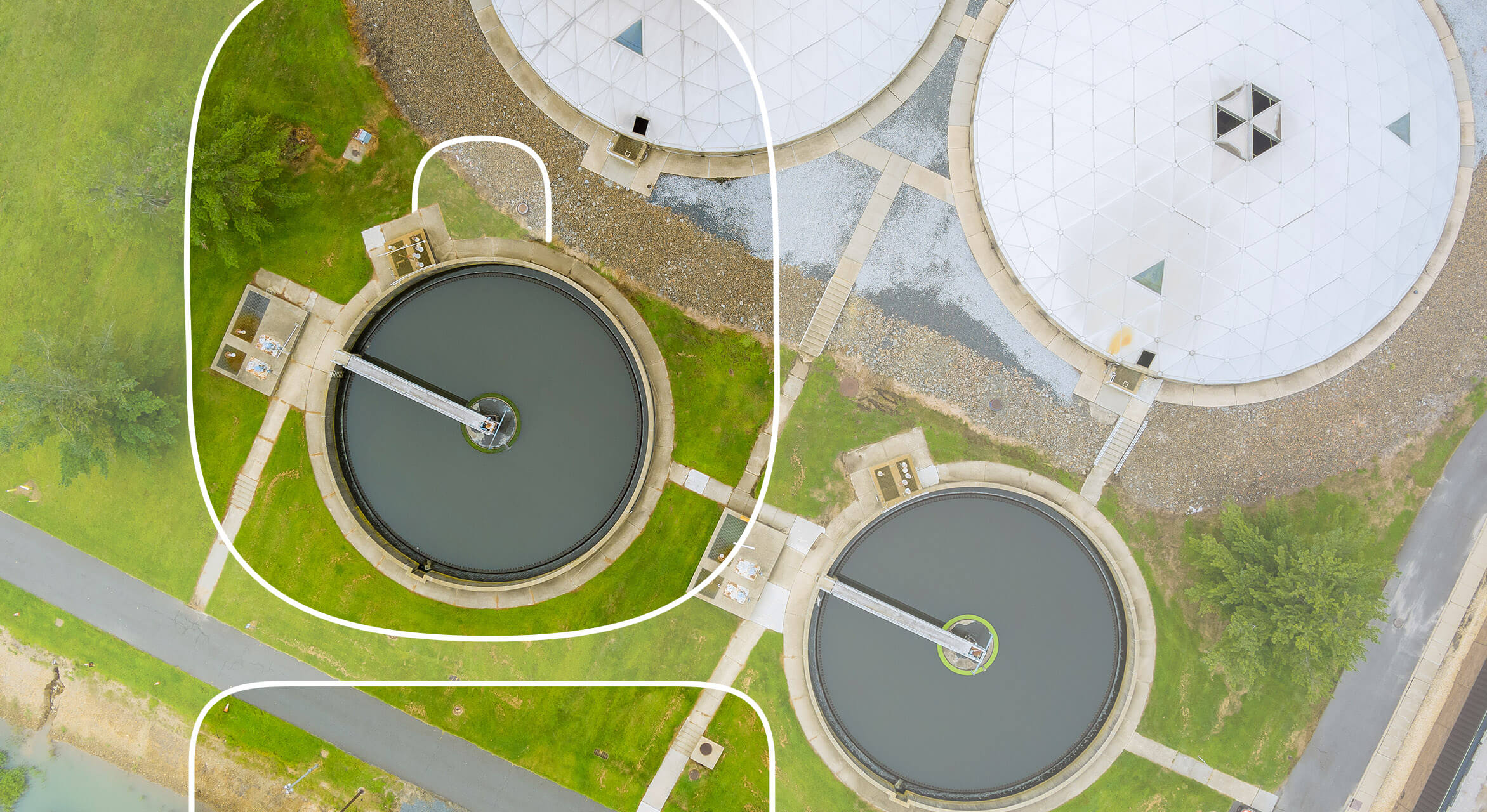Transforming Wastewater Treatment with Eco-Friendly Innovations
Transforming Wastewater Treatment with Eco-Friendly Innovations
Blog Article
Recognizing Wastewater Treatment Processes and Their Environmental Influence
The intricacies of wastewater therapy processes play an essential duty in mitigating ecological challenges connected with water pollution. Each stage, from preliminary to advanced treatments, is developed to attend to details contaminants, eventually safeguarding both public health and wellness and marine communities.
Introduction of Wastewater Treatment
Just how is wastewater transformed into a safe resource for the environment? Wastewater therapy is a crucial process created to remove pollutants from used water, consequently safeguarding public health and protecting communities. This procedure begins with the collection of wastewater from domestic, commercial, and industrial resources, which is after that directed to treatment facilities.
At these centers, various physical, chemical, and organic methods are employed to deal with the wastewater. Consequently, organic therapies, such as activated sludge processes, use bacteria to break down organic matter.
The treated effluent can be safely released right into all-natural water bodies or recycled for irrigation and industrial objectives, promoting resource preservation. Additionally, the therapy procedure generates biosolids, which can be repurposed as plant foods or soil modifications, further improving sustainability.
Phases of Therapy Processes
The wastewater therapy process commonly contains three key stages: preliminary, main, and second treatment. Each stage offers a distinctive function in reducing the contaminant load and guaranteeing the effluent fulfills environmental standards prior to discharge.

The primary therapy stage focuses on the physical separation of suspended solids from the wastewater. Through sedimentation, heavier particles work out at the end of sedimentation storage tanks, creating sludge, while lighter materials, such as oils and greases, float to the surface area and are skimmed off. This procedure substantially decreases the natural and not natural lots in the wastewater.
Secondary therapy is a biological process intended at more minimizing the focus of organic issue. This stage is vital for achieving the required biochemical oxygen demand (FIGURE) reduction, inevitably leading to cleaner effluent ready for discharge or more therapy.

Advanced Treatment Technologies
Adhering to the second treatment procedures, progressed therapy modern technologies play an important duty in additional boosting the high quality of treated wastewater. These technologies are created to eliminate recurring impurities that are not efficiently eliminated throughout main and secondary therapies, guaranteeing the effluent satisfies rigorous governing criteria.
Among the commonly utilized advanced treatment methods are membrane layer filtering, reverse osmosis, and progressed oxidation procedures. Membrane layer purification, consisting of microfiltration and ultrafiltration, is reliable in separating great bits, microorganisms, and colloids from the water (Wastewater). Reverse osmosis uses semi-permeable membrane layers to get rid of dissolved solids, leading to top quality water appropriate for various additional info applications
Advanced oxidation procedures (AOPs) employ strong oxidants to degrade organic pollutants, consisting of pharmaceuticals and individual treatment items that are immune to standard therapy. These methods enhance the biodegradability of complex substances, promoting their elimination.
Another substantial technology is using organic nutrient removal procedures, which specifically target nitrogen and phosphorus, avoiding eutrophication in receiving water bodies. Overall, advanced treatment innovations are vital for achieving higher degrees of filtration, advertising water reuse, and safeguarding public health while addressing the obstacles related to wastewater management.
Environmental Benefits of Therapy
Many environmental benefits arise from efficient wastewater therapy procedures that add to ecosystem health and wellness and sustainability. Mostly, these processes significantly minimize the launch of unsafe contaminants into all-natural water bodies, which assists maintain aquatic ecosystems. By getting rid of contaminants such as heavy steels, nutrients, and microorganisms, dealt with wastewater alleviates the danger of waterborne diseases and promotes biodiversity in marine atmospheres.
In addition, wastewater therapy centers frequently employ sophisticated modern technologies that enable water recycling and reuse. This technique not only preserves freshwater sources however also reduces the demand on natural water supplies. Boosted nutrient elimination from wastewater can also avoid eutrophication, a procedure that leads to algal flowers and subsequent oxygen deficiency in water systems.
Furthermore, reliable therapy procedures can decrease greenhouse gas exhausts, particularly methane and laughing gas, which are commonly released useful source during untreated wastewater decomposition. By recording and utilizing biogas from anaerobic digesters, centers can transform waste into renewable resource, thereby adding to a decrease in nonrenewable fuel source reliance.
Challenges and Future Patterns
While the environmental advantages of wastewater treatment are clear, several difficulties continue that prevent optimal end results in this field. One significant concern is aging infrastructure, which usually causes inefficiencies and boosted functional prices - Wastewater. Many treatment plants were developed years ago, and their abilities do not straighten with contemporary demands, that include more stringent regulatory click here for info standards and higher quantities of wastewater due to urbanization

Looking in advance, there is a growing focus on resource recovery and round economic situation principles within wastewater therapy. Innovations such as anaerobic food digestion, which can produce biogas, and advanced purification technologies are getting grip. These techniques not only boost treatment effectiveness yet likewise advertise sustainability.
Ultimately, dealing with these obstacles needs cooperation amongst stakeholders, financial investment in technology, and a commitment to ongoing research study. By welcoming these fads, the wastewater therapy market can develop to satisfy the needs of a changing setting and culture.
Final Thought
Finally, wastewater therapy procedures play a crucial function in enhancing environmental quality and public wellness. The multi-stage treatment structure, paired with advanced innovations, effectively alleviates pollution and promotes lasting water monitoring. By dealing with residual impurities and reducing vitamins and mineral drainage, these processes add to the preservation of water ecosystems and the decrease of greenhouse gas exhausts. Continued advancements and adaptations in treatment methods will certainly be important for overcoming emerging obstacles and ensuring the sustainability of all-natural sources (Wastewater).
Report this page